#verbesina occidentalis
Text
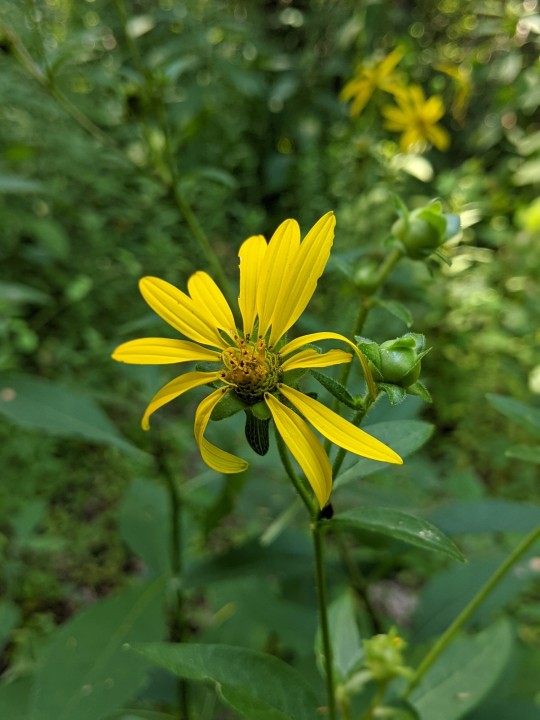

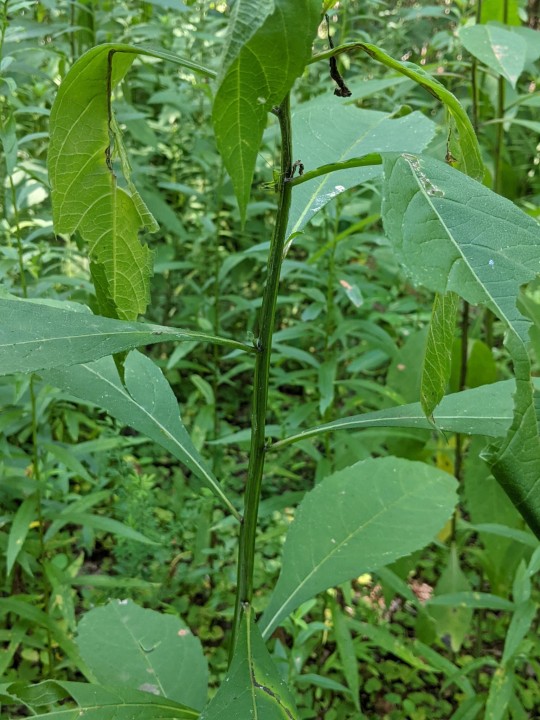
Wingstem, both kinds, growing right near each other as they not-infrequently do around here.
Verbesina occidentalis is the one in bloom, and the last pic shows just the leaves of V. alternifolia. The main difference between them is the leaf arrangement (opposite vs alternate), but alternifolia also blooms later & less showily.
#wildflowers#native plants#wingstem#aka#crownbeard#or at least one of them is#but they both have the winged stems so i like that common name for both#verbesina#verbesina alternifolia#verbesina occidentalis#plant id
9 notes
·
View notes
Text


9/5/21
0 notes
Photo
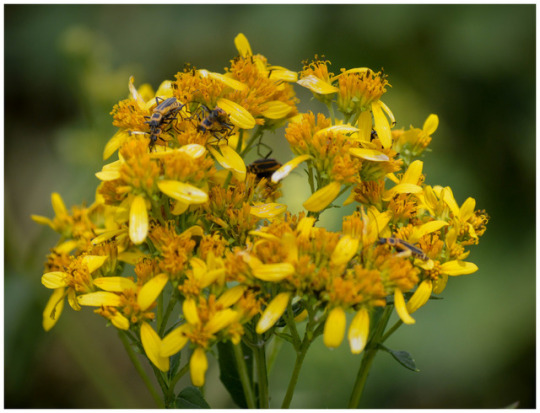
Yellow crownbeard (Verbesina occidentalis) with mating pairs of margined leatherwing beetles (Chauliognathus marginatus). Yorktown, Virginia.
#photographers on tumblr#yellow crownbeard#Verbesina occidentalis#margined leatherwing beetle#Chauliognathus marginatus#Yorktown#Virginia
52 notes
·
View notes
Photo

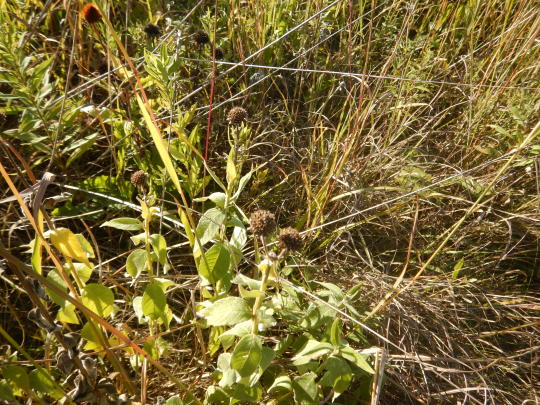

Middle Photo, Prairie wingstem, Verbesina helianthoides, one of Ohio’s four Verbesina species. Verbesina as a genera is known to have many common species found mainly from the central plains to the east coast with much of it’s newly formed speciation and narrow endemism apparent down south and out west. For example Verbesina walteri is in it’s own process of being divided due to local ecotypes having so much retained variation and the level of disjunction between South Carolina, Alabama, and Oklahoma populations. The desert south west is known for having 6 species all having narrow ranges. Most are found in Texas and are either localized or are found in adjacent New Mexico and Arizona too. Substropical long leaf pine savannah and coastal Plaines of Florida are home to two narrow endemics, but perhaps the most narrow and isolated endemic species of Verbesina dissita is a coastal alluvium and remnant dune species on the other side of the less built up section of Laguna Beach, Baja CA. The species was known from 23 documented occurrences and is rumored to be down to less than 20 as of now.
In Ohio,Verbesina helianthoides is the second most uncommon species, with one population of recently documented V. virginica being found in sw Ohio, V. occidentalis and V. alternifolia are common place in forested regions in Riparian communities and Mesic forests in Ohio still.
38 notes
·
View notes
Text


Verbesina occidentalis - wingstem or yellow crownbeard
18 notes
·
View notes
Photo
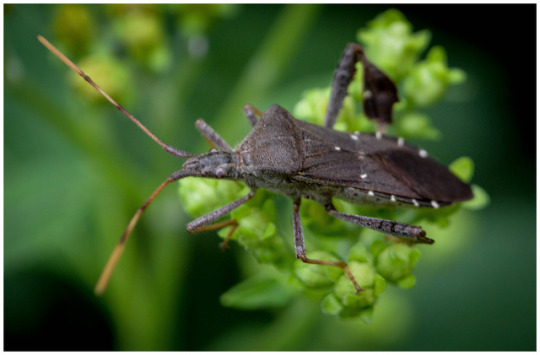
Unidentified leaf-footed bug (Family Coreidae), on yellow crownbeard (Verbesina occidentalis), in Yorktown, Virginia.
#photographers on tumblr#leaf-footed bug#Coreidae#yellow crownbeard#Verbesina occidentalis#Yorktown#Virginia
49 notes
·
View notes
Photo


The North American Wingstems, or Crownbeards, come in a few different shapes and sizes. The ones I am most familiar with is the common Wingstem and the tatty crownbeard, Verbesina alternifolia and Verbesina occidentalis, which are fairly noticeable in open woodlands where they are most common. This species above, Verbesina encelioides, is sometimes found in open woodlands but seems to favor meadow like openings in forests where direct sun is the primary lighting. This species gets it’s common name, Golden Crownbeard, from it’s full, golden, sunflower like, capitulum that is much different from the coneflower like capituli of it’s other members. This species is also very important in local grass land communities as it helps slowdown grass spread by preventing germination due to allelopathy.
In the United States, you may have noticed honeysuckle or garlic mustard taking over an area. Their allelopathic tendency is why they can do that so easily, or at least one of the reasons. This wingstem is native to the United States, but in places like India and China it can be a noxious weed.
http://www.nrcresearchpress.com/doi/abs/10.1139/b99-097#.XA6YvHRKjtQ
Note: Most crownbeards will have a pubescent wingstem and appressed hair along the sepals of the capitulum, which is why they were named crownbeard or wingstem.
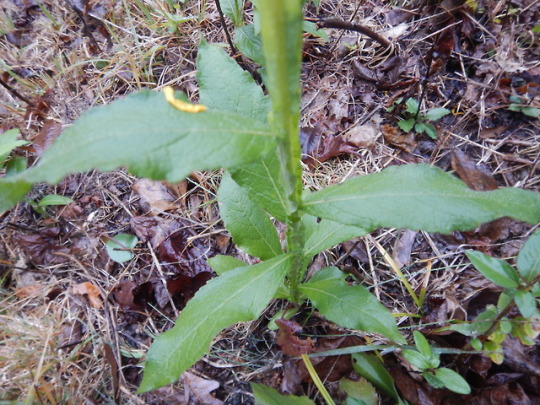
Photographed in early fall in Clifty Falls State Park, Indiana.
#verbesina#asteraceae#botany#plant identification#wildflower#wildflowers#landscape#nature#flower#yellow#flowers#plants#plant#hiking#plantblr#wingstems#wingstem#crownbeard#indiana#verbesina encelioides#prairie#forest#fall#allelopathic#science#agricultural science#invasive species#usa native#plant biology
25 notes
·
View notes